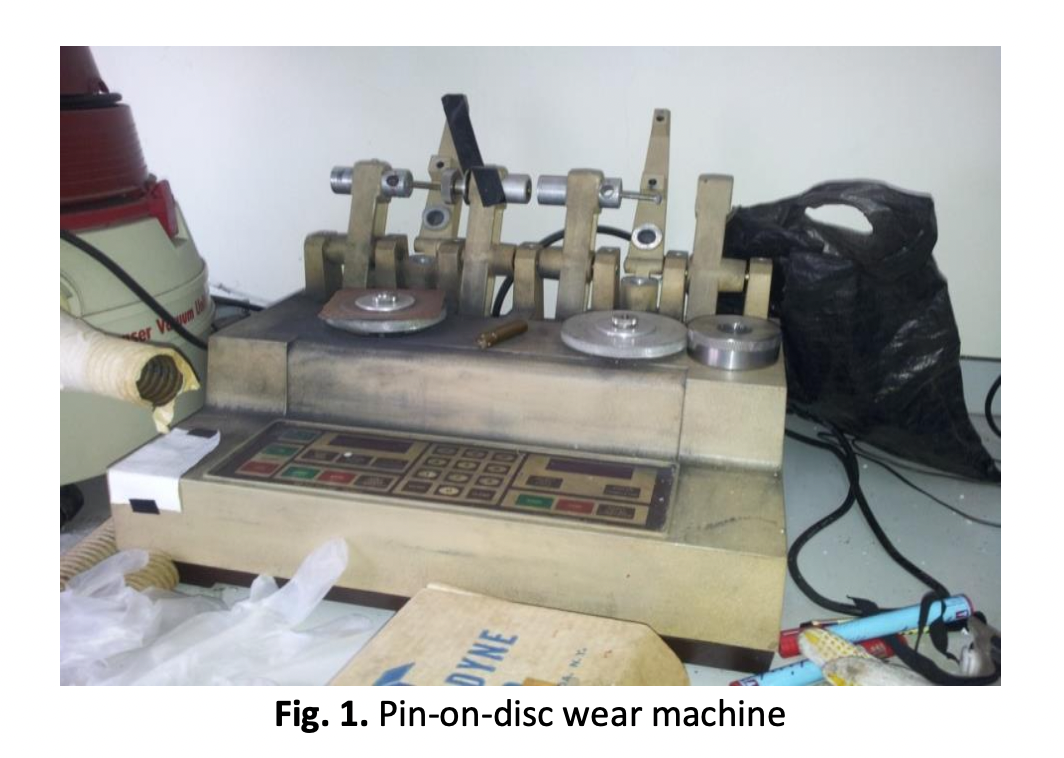The Effect of Scandium (Sc) onto Mechanical Properties and Morphologies of Aluminium-Silicon (Al-Si) Alloy
DOI:
https://doi.org/10.37934/araset.30.2.1928Keywords:
Al-Si alloy, metal matrix composite, Scandium, mechanical property, wear behaviorAbstract
Aluminium-silicon (Al-Si) alloy is the metal matrix composite (MMCs), widely used in constructions and transports requiring high strength and ductility. This research focused more on the Al-Si as the base alloy which act as matrix component, while Scandium (Sc) act as the reinforcement and inoculants that helps to reduce the grain size of the base alloys, in order to investigate the effect of Sc onto mechanical properties and wear behaviour of Al-Si alloy. In this research, Al-Si was reinforced with 0.2 to 0.8 wt.% Sc. Al-Si and Sc were melted at 720 °C in high temperature furnace. Al-Si-Sc composite then were poured to stainless steel mould and solidified at room temperature. From results obtained, the increment of Sc increased the value of mechanical properties to Al-Si. The ductility of Al-Si was observed much lower in the absence of Sc. The tensile strength of unrefined Al-Si and Al-Si with 0.6 wt.% Sc were 325 and 377.3 MPa. The hardness value for the unrefined Al-Si also shows less compared with Al-Si with 0.8 wt.% Sc, which were 70 and 85 Hv. Results show that 0.6 wt.% Sc gave the lowest wear rate which was 0.7 x 10-4 at 100 N, while for 150 N, the wear rate was 1.25 x 10-4 g/min. Microstructure of Al-Si-Sc composite alloy has much finer compared to unlined Al-Si alloy. Increased Sc in Al-Si alloy influenced the grain refinement and mechanical strength of that composites.





























